
by admin | Dec 20, 2021 | Blog
Introduction
The term "., I.e., products manufactured from plant and animal-based extractions. A product that undergoes minimal processing and contains the least possible artificial substances are said to be a "clean label natural color."
The global accessibility of the Internet has increased literacy rates, and individuals are opting for clean label natural colors at a much faster pace than ever before.
The growth of clean label products
The growth of the Internet has made individuals curious about the ingredients in a consumable product.
People nowadays are refraining from artificial ingredients that negatively impact their health and are slowly and gradually shifting to naturally-extracted products.
Though this is indeed a positive sign for the consumer market, the manufacturers now face certain challenges to cope up with. You might be eager to learn about these challenges, right? Stay connected, then.
Representation
Since manufacturers have long used artificial colors to beautify the product, switching to natural coloring might be costlier and time-consuming. The natural coloring may impact either the taste or the portrayal.
The sources for natural coloring, the performance of color under variations of conditions, the alteration in taste, and last but not the least, the cost are the key areas the developer needs to consider.
Any uncertainty after the launch of a product might eventually put you at a disadvantage because consumers have different options available on the other end. For instance, finding the substitute of caramel color and scrutinizing any side effects would require plenty of time.
Solution
The core solution to this is blending different natural colors to get the desired hue. Adding even minute quantities of different colors can get you the wanted color.
In addition to this, researchers suggest that opting for natural colors in a liquid form can ensure shade consistency and be prepossessing to the human eye. Powder forms are also a good choice but will eventually lose the original shade over time.
This is because an array of colors is disperse in the liquid solution, making the liquid form dominant over the powder.
A proper plan needs to be construct by the manufacturers and collaboration with scientists to make an informed decision.
Meeting consumer demands and adding value is the objective to be achieve.
In a nutshell, extensive research about the characteristics of clean label natural colors is imperative.
Liaison with the suppliers
Another important aspect of focusing on is collaborating with a trusted supplier. A good supplier always has answers to any uncertainties ready. The supplier can guide you on rooms for improvement in the manufacturing process
to achieve the desired product with little-to-no artificial ingredient addition, in correspondence to the market’s changing needs.
Conclusion
We reach an end here. As the global population seeks transparency in consumption,
the gradual shift from artificial to natural color is inevitable because consumers now consider their health the "top" priority. In response to this, the manufacturers need to adapt to this for a better future for everyone.

by admin | Dec 20, 2021 | Blog
Introduction
The red cabbage is a vegetable that predominantly exists in Europe and is commonly visible in Salads.
The red cabbage belongs to the Brassica group of vegetables and provides numerous benefits to human health. On the contrary, the red cabbage colour separates the colour from the cabbage, primarily in powder or liquid state.
This article will learn how the red cabbage changes its colour under variations. In addition, you will also get to know a brief insight into the health benefits.
Anthocyanins
It is important to remember that the colour present in the cabbage is due to the high volume of anthocyanins present. To those unfamiliar with the term “Anthocyanins,” they are flavonoids that give the red cabbage its bright colour, I.e., the red colour.
Anthocyanins are reported to possess antioxidants properties that are beneficial for human health.
It is crucial to note that anthocyanins possess a special feature that absorbs and reflects lucid colour to our eyes.
This colour could be dark brown, violet, red, blue, or a mix of these. People are often captured in the misconception that the abovementioned vegetable throwback the colour from an anthocyanin.
Reports state that there are multiple anthocyanins at the back functioning. Consequently, we get to visualize the bright colour due to the presence of anthocyanins.
Shade variations of the vegetable
If you own a vegetable farm or reside in an area where red cabbage production is abundant, you might have noticed the colour change. The red cabbage transposes its original colour from dark pink to purple, black-brown to blue. Ever wondered why this is so? Manifold would say that this is natural. There is a whole science behind it.
The colour variations are solely dependent on the acidic environment. The acidic environment refers to the pH value.
The pH value
The pH is an acronym for “Power of Hydrogen.” The measurement below 7 is acidic, and anything above 7 to 14 is alkaline.
The 7 is neutral.
The anthocyanins’ response to the pH value is what determines the colour. Following the researches, the pH value of the social must range from anywhere between 5.5 and 6.5.
Too low pH can lead to a lack of nutrients and affect the overall growth of the plant. Too much pH is also disadvantageous.
Let us now look at the divergence of colours under a specific pH.
on ph 2, the cabbage would reflect bright red-pink colour. At 4, the colour changes to light purple.
on 6, we get the common colour of the cabbage (dark-purple to red). When the pH reaches 8, the hue visualized is “blue.” This is how pH value is important.
Cooking
It is also advisable to cook red cabbage at low boiling points since increasing the temperature would lead to the loss of bright colour. Apart from this, if you want to experience a vivid red colour, adding vinegar to the cabbage would be your best bet.

by admin | Dec 2, 2021 | Blog
Introduction
You have seen orange carrots available for sale in the local market yet, but not every one of us is aware that black carrots also exist. Black carrots have a dark purple-black shade and are commonly consume in various parts of India and China.
Black carrot extract is consider beneficial to human health due to its antioxidants and anti-inflammatory characteristics.
Substitute for carmine
Nothing should be compromised on health. The FDA is getting strict and is enforcing the manufacturers to use the actual in the product to look for and make a decision. According to the FDA, a carmine possesses a small allergic property and might affect an individual’s health.
That being said, the manufacturers are now gradually looking for alternatives to carmine. That being said, black carrot extract could be use as an alternative. This provides a similar hue, i. e, dark purple to black, and is safe for consumption.
Used as a food colour
Black carrot extract is widely use in different products as a food colouring, which includes ice-creams, yogurts, and last but not least, beverages.
The black carrot contains anthocyanins, meaning that these compounds give a product it’s colour. The colour can be dark-purple or black. Scientifically speaking, they do not reflect harmful effects on human health.
Antioxidant properties
The black carrot extract is an excellent source of Vitamins C and E. These vitamins are beneficial to human cells and boost the immune system. The powerful antioxidants act as an obstacle to harmful diseases such as cancer.
Prevents arteriosclerosis
Arteriosclerosis is define as a severe condition that takes place in the human heart. This is primarily due to the poor blood flow to the tissues and organs of the human body. This, in turn, leads to the thickness of arteries.
What black carrot extract does is it lowers down blood sugar levels and ensures smooth functioning of the body. The extract is report to surmount obesity and thus prevents arteriosclerosis.
Cures Alzheimer’s disease
Alzheimer’s disease is generally describe as a disease that directly affects the human brain, giving birth to a lack of responsiveness and memory loss. This is significantly growing in this contemporary world and should be treat effectively. This is where the black carrot’s root extract comes in handy.
According to researches carried out by scientists, the extract contains a high-content of anthocyanins.
These are particular substances that provide anti-inflammatory effects to the human body. As far as Alzheimer’s disease is concerned, anthocyanins boost the nervous system and treats cell disorders.
Boosts fertility levels
It is a fact that many married couples desire a healthy baby but cannot conceive. This is chiefly due to low fertility levels of either gender. The consumption of black carrot extract creates balanced sex hormones and boosts sperm motility, i.e., sperm reaching an egg and fertilizing.
Conclusion
We reach an end here. The natives of India and China commonly consume the extract. The extract can provision side-effects if consumed in higher amounts than that recommended by a specialist. That being said, consulting a doctor before taking the extract would be your best bet since he would analyze your situation and advise accordingly.

by admin | Nov 17, 2021 | Blog
Introduction:
Ever wonder what is the source of the shade being used
in day-to-day cosmetics products? Perhaps you would have guess that they are natural colours derive from an array of sources. You guessed it right! But you need to be well aware of the dyes use in the products, mainly to research and search for any side-effects or harm associate with this, or the power to withstand under weather variations. We have gathered here to discuss the same.
The most common colours used in cosmetics products are Caramel, Carmine, Carotene, Annatto, Turmeric extract, and last but not the least, Zinc oxide.
The Carmine colour is subdivide into three main categories – the red carmine, purple carmine, and pink carmine.
Approval
Approval by the food regulatory body is a positive sign and means that the colour doesn’t provision any harm in the long run and is safe for applying to the human skin. Each country has a food authority that ensures the safety of the product. Having said that, from the consumer’s point of view, looking up on the internet for a specific colour being mark safe would be your best bet.
Two of the world’s most recognized regulatory bodies are the EFSA and FDA. They are present in Europe and America respectively.
What’s more intriguing is that they have properly managed websites that contain informative blogs about the natural colours – a consumer can read through them, educate himself, and stay updated with the websites.
Caramel
Caramel is globally use in cosmetics products, ranging from soaps to shampoos, perfumes to body sprays, lotions to powder, etc.
It is derive from the heat given to the sugar. What adds to the value of the colour is that it is approve by the FDA and EFSA, and also appreciated by other global bodies for its performance under different conditions. Besides, the purpose of this colour being add to cosmetics is to make look the final product appealing to the eyes. This in turn leads to consumers purchasing more of the product and manufacturers enjoying profits.
Carotene
Carotene, also commonly refer to as “beta-carotene” is a hue primarily add to cosmetics products to make them look luminous. Ranging from dark yellow to orange colour, you can examine the colour being utilize in cosmetics and used for orange and lemon flavours. As per www.fda.gov, the colour is safe for skin and holds no side effects such as allergies.
Annatto
The third one to hit the list is Annatto. The hue is extract from the plant termed as “Achiote”. Another reliable colour that is particularly use in hair dyes. The colour is report to provide positive results and cannot miss the cosmetics manufacturing process. As far as skin is concerned, you’re at minimal possible risk, and Annatto is tolerable by the skin.
Other applications
The above-mentioned colours are not restrict to a specific category of product. They are widely use in consumer goods, most importantly the foods we eat regularly and the clothes we wear.
Conclusion
In a nutshell, the above-mentioned colours are the most examined in the cosmetics category. If you want to be educated more about these colours, you always have an internet connection at your back. Researching about these and consulting specialists are worth your time in the long run.

by admin | Nov 11, 2021 | Blog
Introduction
Natural red radish colour is define as the colour derived from radish; a vegetable commonly consumed by the indigenous of the continent of Asia. The natural colour predominantly exists in spices, which are then add to the foods for a good portrayal and a mouth-watering taste.
However, you might not be aware of the colour’s extraction, the health benefits, foods that contain the radish colour, and last but not the least, any side effects associated with this.
Let us give you a detailed description of these.
Extraction
The extraction of natural radish colour refers to the separation of the colour from radish, an edible vegetable.
The extract is mainly in the form of powder or liquid, and contains anthocyanin; anthocyanin is fundamentally a compound that boasts antioxidant properties and is known to showcase bright red and purple colours mostly.
Apart from this, carotenoids and betalains are also examine in the extract, which more or less has the same function as anthocyanin.
Application
The natural red radish colour is primarily use in foods which includes meat and fish. Besides, the colour has widely been use for preparation of add-ons, which includes ketchups and a variety of pastes.
The radish itself is add in the salad and is admire by many for its taste.
Regulation
The natural colour is approve for use in foods by two of the most prominent food regulatory bodies, namely the FDA and EFSA.
FDA stands for Food and Drug Administration, whereas EFSA stands for European Food Safety Authority. Radish colour has been mark “safe” for use in consumable products and does not have adverse effects on human health.
Weight-loss
The presence of calories in the radish natural colour is very less, and the little-to-no fat feature of the colour makes it feasible for individuals to maintain their weight and prevent obesity.
This would keep your structure in shape and consuming radish colour foods leads to increased activeness and productivity due to the managed weight.
Digestive system
As we all are very well aware of the fact that a stronger digestive system is link to personal well-being, the high content of fibre existing in the radish colour improves the overall digestive system and leads to the efficiency of stool and bowel movements.
This, in turn, affects the entire human body positively and you will feel refreshed the entire day.
Glowing skin
In this contemporary world, glowing skin is admire by almost every one of us and is highly acclaim in the corporate sector.
What radish colour does is that it utilizes Vitamin B and Vitamin C to produce vivid skin structure as an output.
Besides, the antioxidants property of the natural colour helps in the repair of skin disarrangement and promotes the growth of healthy cells. In a nutshell, you will get recognize and would get value in this fast-pace world.
Conclusion
Even though red radish provides numerous health benefits, it might often create negative impacts if taken in excessive amounts.
A study reported that individuals taking more than recommended consumption experienced problems in the digestive tract.
Allergic people should refrain from it. Anyways, you always have a doctor at your back in case of any queries.
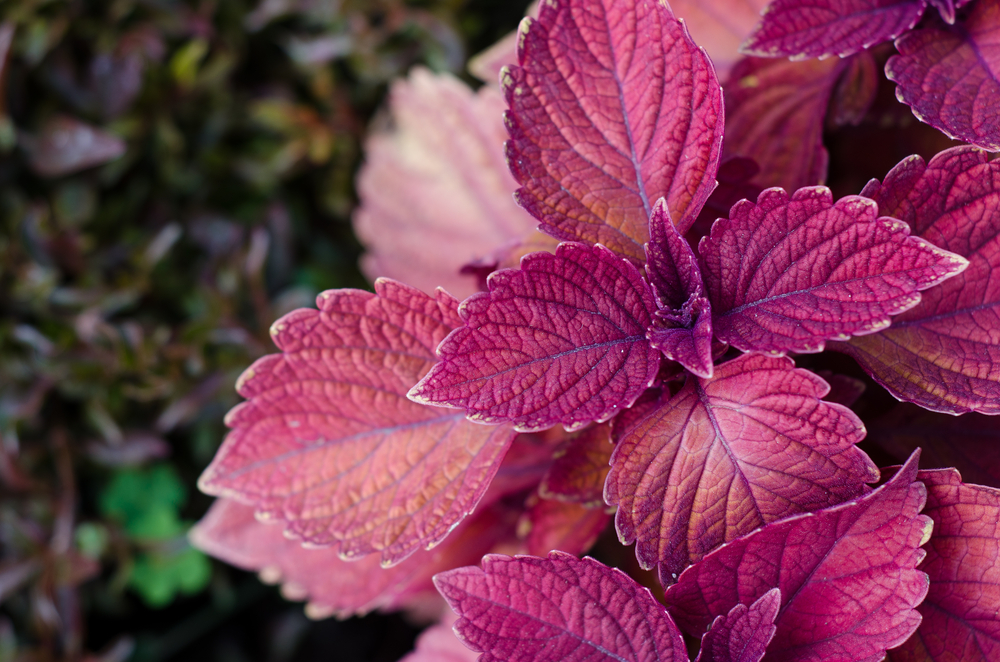

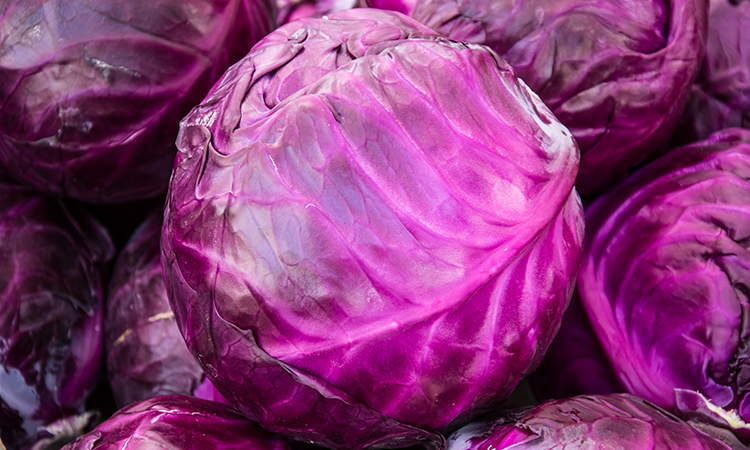

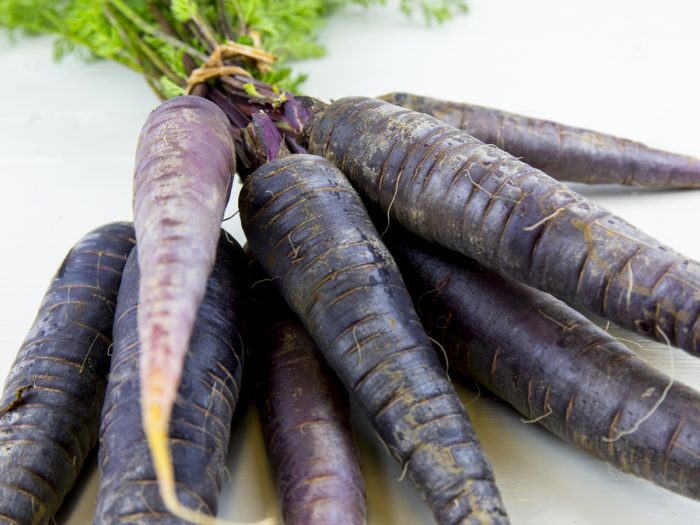
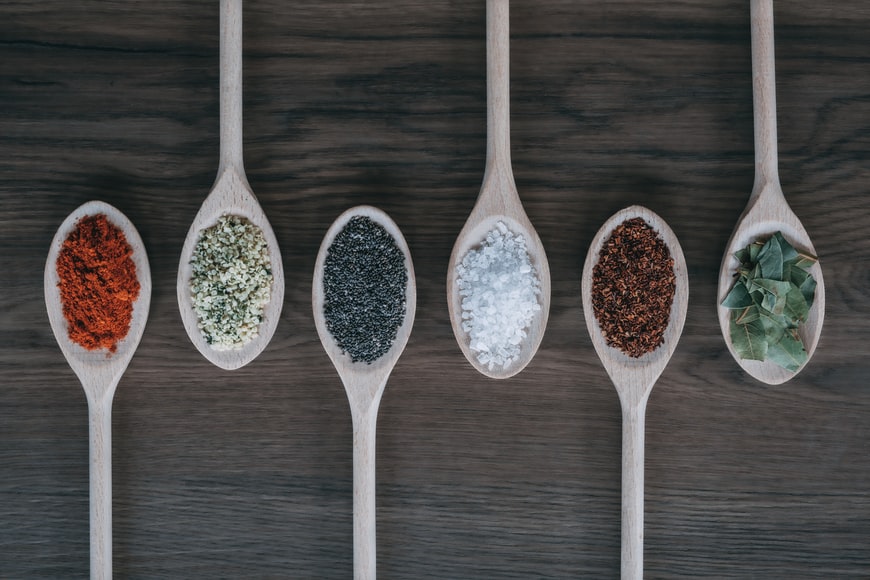
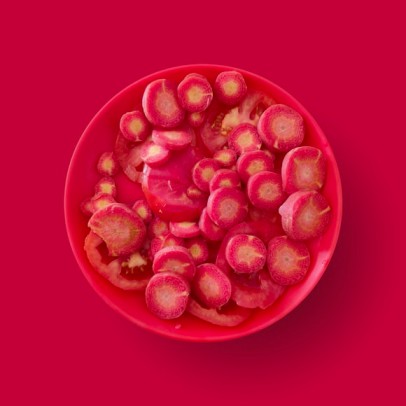

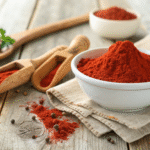



Recent Comments